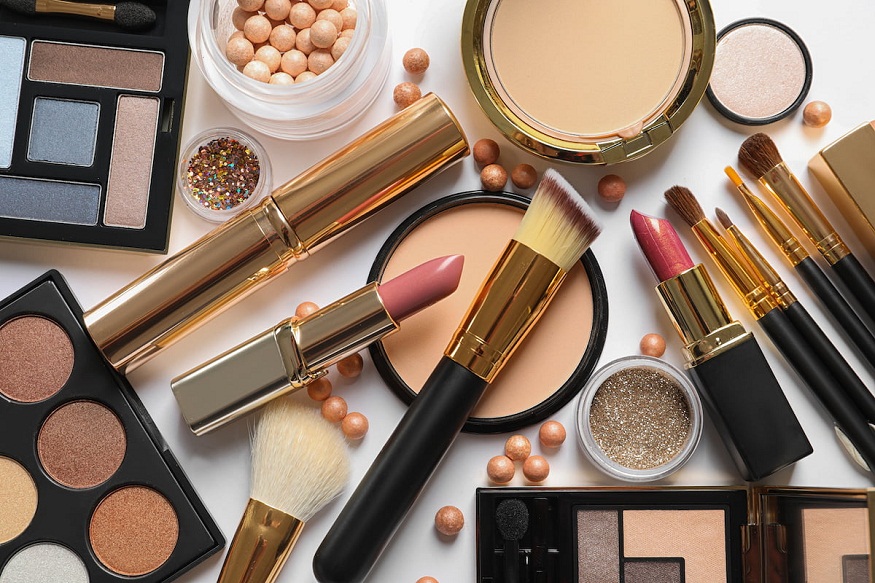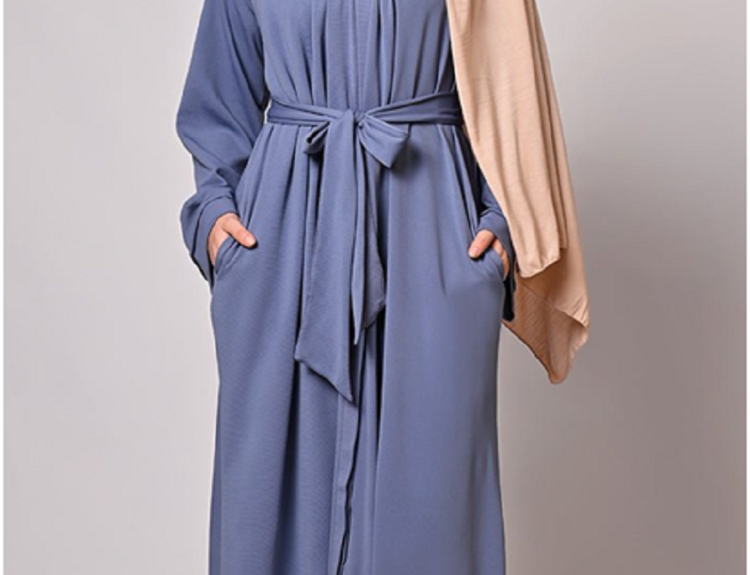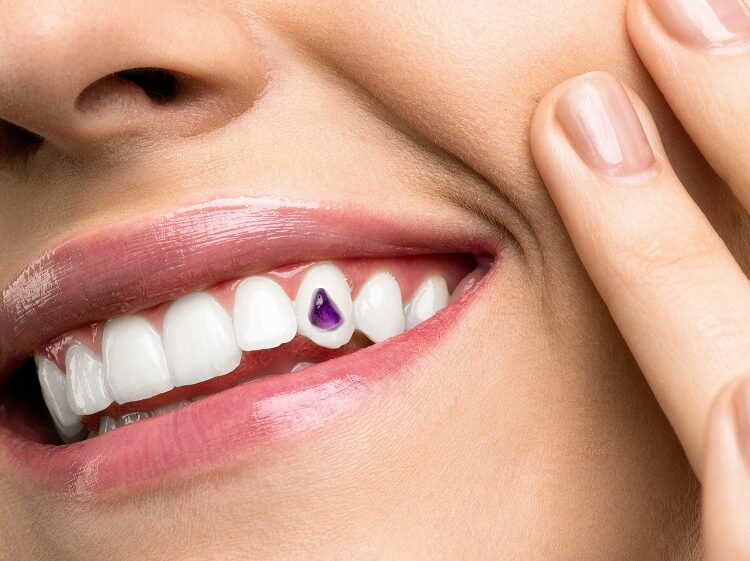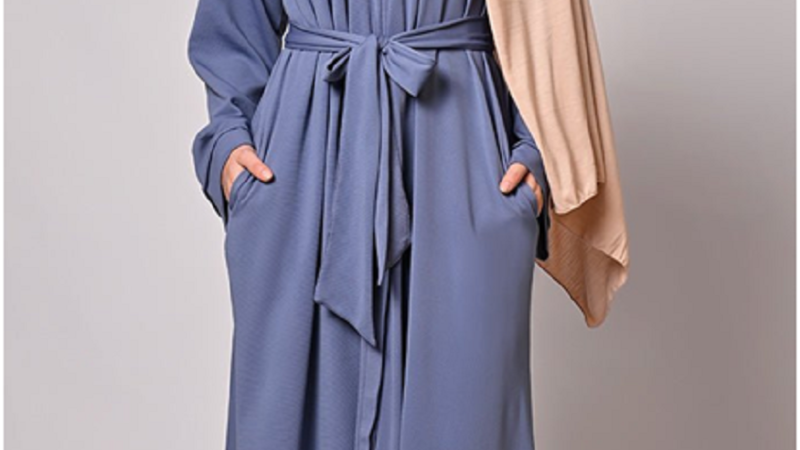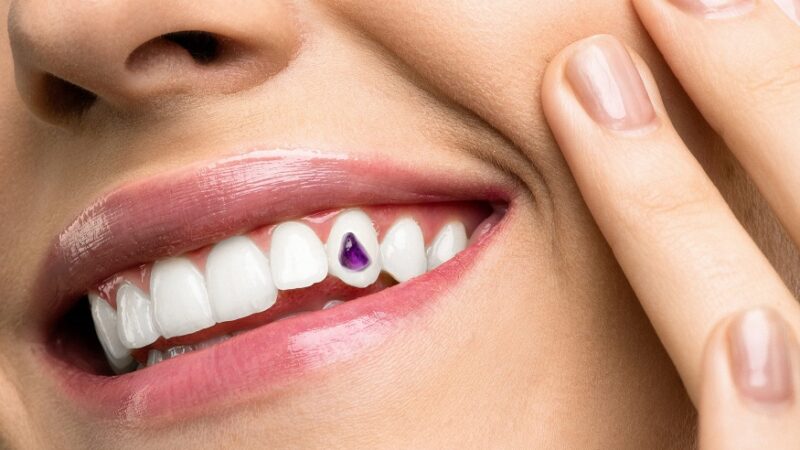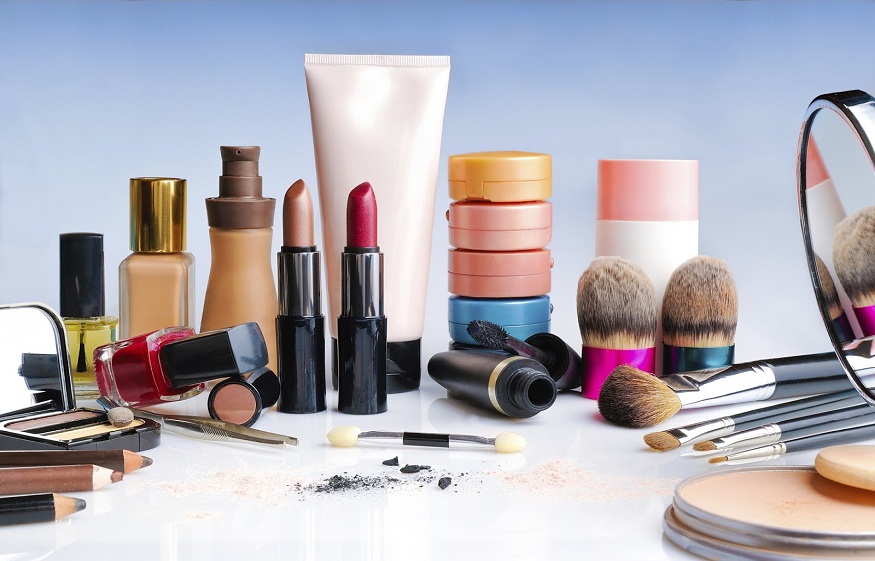The European Cosmetics Regulation No. 1223/2009 applies to finished cosmetic products, and puts in place certain requirements for the brand that would like to enter a product on the European market. One of the key stages of this compliance concerns the labeling of your cosmetic products. Follow our guide and make your labeling and packaging fully compliant!
The European Cosmetic Regulation
Implemented in 2013, European Cosmetics Regulation No. This Regulation constitutes the legislative framework that applies to finished cosmetic products when placed on the European market.
In order to successfully enter the European market for your cosmetic product, you can read our article on the 5 steps to successfully marketing your cosmetic product .
or with the teeth and oral mucous membranes in sight, exclusively or mainly, to clean them, perfume them, modify their appearance, protect them, maintain them in good condition or correct body odors. » .
Labeling: mandatory requirements
Article 19 of the European Cosmetics Regulation defines the rules for a compliant cosmetic label. The mandatory information that must be printed on the product “in indelible, easily readable and visible characters” is as follows:
Name and address of the Responsible Person : If you do not know what role the Responsible Person (PR) plays, read our key concept or our article on the subject. If your company is located outside the EU, it is mandatory to designate a PR in Europe in order to place your product on the market. If you are an EU-based cosmetics brand, you will act as the PR by default, unless you designate someone else.
Note: The expression “Made in” does not need to be translated.
Nominal content : The nominal content must appear in grams (g) or millimeters (ml) and in the first position. You can add additional units of measurement if you wish, such as oz.
Special precautions for use and warnings : Depending on the type of cosmetic product, certain precautions for use and warnings may be useful to consumers or obligatory in certain cases, for example avoiding contact with the eyes.
Product function : The function of the product should be clearly indicated, such as moisturizer, to avoid misuse. If in doubt about the primary function of your product, you can consult our article on the classification of border cosmetic products .
List of ingredients : List in descending order of weight, with the exception of ingredients present at less than 1%.
Translation : the European Cosmetic Regulation applies to 31 countries, which represents more than 24 official languages. You must translate the function of the product, the precautions and warnings, but also the nominal content into the language of the country where you are exporting. it must include marketing content and claims.
All of the above must be included on the labels. When it is impossible to print the mandatory information for practical reasons, for example if you do not have enough space due to the small size of your product, then you can use a notice for the specific information only. The required information appears on a leaflet, label, strip or card attached or attached to the product.
The “hourglass” symbol is used to illustrate the Minimum Durability Date (MBD) when this is less than or equal to 30 months. The DOMD is defined using the stability test. You must add the date next to the symbol.
If the DOMD exceeds 30 months, the “open container” symbol indicates the Post Opening Period (PAO) defined by the combination of the stability test and the simulation test.
The “book and hand” symbol informs the consumer that a leaflet, label, strip or card is attached to the product and contains additional regulatory information.
The claims of cosmetic products are mentioned in Article 20 of Regulation 1223/2009, but also in a regulation dedicated to claims ( EU 655/2013 ). This regulation aims to ensure that the information relayed to end users through claims is useful, understandable and reliable. They must allow them to make informed decisions and choose the product that best meets their needs and expectations.
Cosmetic claims are generally used to market the final product. The claims will appear on the label but also in advertisements, magazines, etc. They must :

